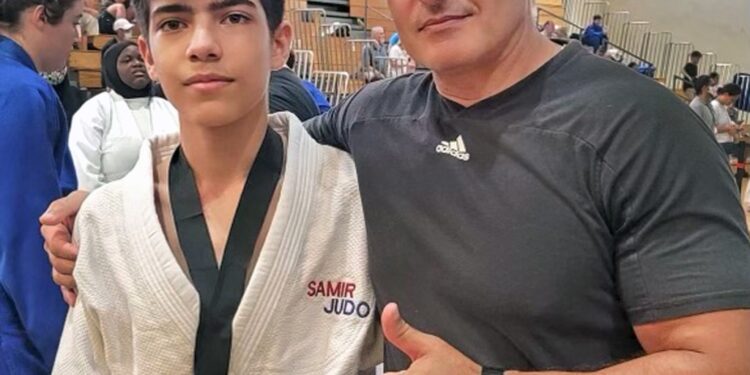From carjackings and shootings to brazen shoplifting episodes and flash mobs, it seems as though there has been a marked increase in incidents of crime and violence involving what New York rapper Jadakiss dubbed “Y.O.” (youthful offenders).
This is more than mere perception driven by media sensationalism, however.
As crime and disorder have worsened in so many American cities, so too has the number of crimes committed by or against young people — a trend that even The New York Times recently acknowledged in its own coverage of teenage violence in Gotham.
This phenomenon has likely been exacerbated by policies such as “Raise the Age” initiatives aimed at easing up on juveniles who commit crimes.
The practical effect of such initiatives for defendants has been the keep their cases in family court, where serious terms of incarceration are unlikely to be handed down.
The unintended consequences, it seems, include sharp rises in both juvenile offending and victimization.
The kid gloves, it turns out, may be doing more damage than expected.


For years, the argument made in favor of juvenile-justice reforms — i.e., decarceration efforts geared specifically toward younger offenders — has been two-fold: Allowing young offenders to be treated as adults by prosecutors and courts is unjust in light of the evidence showing that our brains are still developing through our teenage years and early 20s (indeed, some “Raise the Age” proposals seek to limit full criminal responsibility to those over the age of 25); and the experience of going through the adult system — particularly for those incarcerated — will leave offenders so much worse off, diminishing their chances of getting back on the right track.
These are understandable positions; but there is evidence such initiatives are backfiring.
Take New York, for example, whose raise-the-age law took effect in 2018.
The Manhattan Institute’s Policing and Public Safety Initiative published an evaluation of the law authored by former Bronx assistant district attorney Dyer Halpern.
The paper documents a nearly 200% increase in youth gun violence between 2017 and 2022, a tripling (between 2017 and 2020) of the number of those under 18 arrested with a gun who were involved in a shooting within a year and a sharp uptick in juvenile recidivism.
The uptick in juvenile recidivism was also documented by the New York City Criminal Justice Agency, which published a study in December 2021 finding that 16-year-old beneficiaries of Raise the Age were significantly more likely to be rearrested than similarly situated 17-year-old defendants (to whom the new law did not yet apply) as well as 16-year-old defendants arrested the year before the law went into effect.
Even assuming that juvenile-justice advocates are right about brain underdevelopment and the potential for a criminogenic effect of prosecution and incarceration, it does not follow that the proper response is to keep younger offenders on the street, where the risks of both violent victimization and continued offending are higher.

How is a 16-year-old gang member helped by a treatment that puts him back on the corner, where armed rival gang members know they can find him?
How is he helped by a policy that places him back into the very situation he has already failed in?
Is the idea to give him the space to make an even worse decision — to commit a crime he can’t come back from? What about those he might victimize if left on the path he’s on?
Some might be tempted to wave off such concerns by simply saying that leniency should be accompanied by efforts to help beneficiaries of raise-the-age laws get their lives back on track.
But what evidence supports the view that this is possible to do at scale? None that I’m aware of.
We must be sober about how we approach criminal-justice reforms.
A more sensible approach would recognize we don’t do anyone any favors by installing a revolving door for juvenile offenders.
The answer to questions about the propriety of putting teenagers in adult prisons isn’t to risk the broader public’s safety.
Neither do questions about public safety have to be answered with the most punitive approach imaginable.
We can and should invest in a more serious approach to juvenile justice that prioritizes community safety and recognizes that the needs of, and possibilities for, teenage offenders are different; but leniency is clearly not a public policy good unto itself.
The question is: How much more damage has to be done before we rethink things?
Rafael A. Mangual is the Nick Ohnell fellow at the Manhattan Institute for Policy Research, a contributing editor of City Journal and author of “Criminal (In)Justice: What The Push For Decarceration And Depolicing Gets Wrong And Who It Hurts Most.”



























